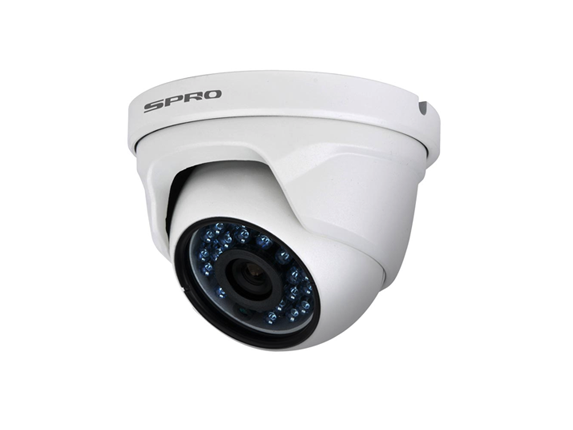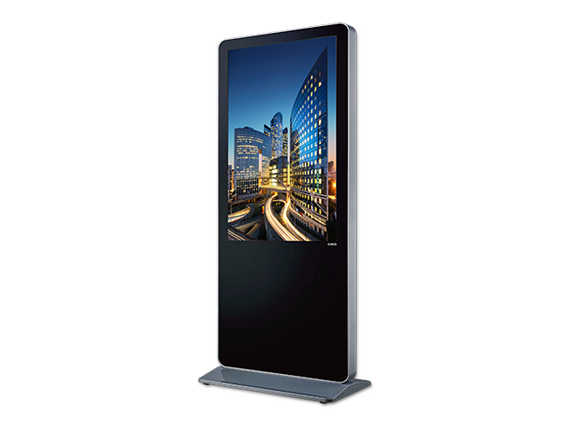Standards:
USB 2.0 Hubs
USB 3.0 (3.2 Gen 1) Hubs
USB 3.2 Gen 2 Hubs
USB Type-C Hubs
Reach out for technical support or sales inquiries and you’ll find yourself in the hands of a solution-oriented and knowledgeable expert ready to answer whatever question you throw at them.

Power over Ethernet (PoE) is a technology that allows electrical power and data to be transmitted over standard Ethernet cables, enabling devices such as IP cameras, wireless access points, and VoIP phones to receive both power and data through a single cable. This eliminates the need for separate power sources, streamlining installation and reducing cable clutter. PoE technology adheres to standards set by the IEEE, specifically 802.3af, 802.3at (also known as PoE+), and 802.3bt (PoE++), which define the power levels and data transmission capabilities for various applications.
To carry the power over this Ethernet data cables, certain IEEE standards are defined. These standards define properties of the established link, what is the maximum DC power which can be safely transferred over the network cables, what is the range of DC voltage, what should be the cable resistance, what is the allowable maximum current over the link








The advantage of PoE is that installation of Ethernet connected devices to the inaccessible locations where it is difficult to provide power supply or where too many cables are in the way. Also, there is no need for the separate cable for the powering up the devices. So, using PoE it is possible to maximize the savings on the installation cost.
The advantages of PoE include flexibility, reduced installation costs, and enhanced safety. Since devices can be placed wherever there’s an Ethernet connection, you have greater freedom in device placement. Additionally, PoE minimizes installation costs by eliminating the need for additional electrical wiring and outlets. It also enhances safety by delivering low-voltage power over a standard network infrastructure, reducing the risk of electrical hazards typically associated with traditional electrical installations. This makes PoE an attractive option for modern networking environments, particularly in smart buildings and IoT applications, where numerous devices require both power and data connectivity.